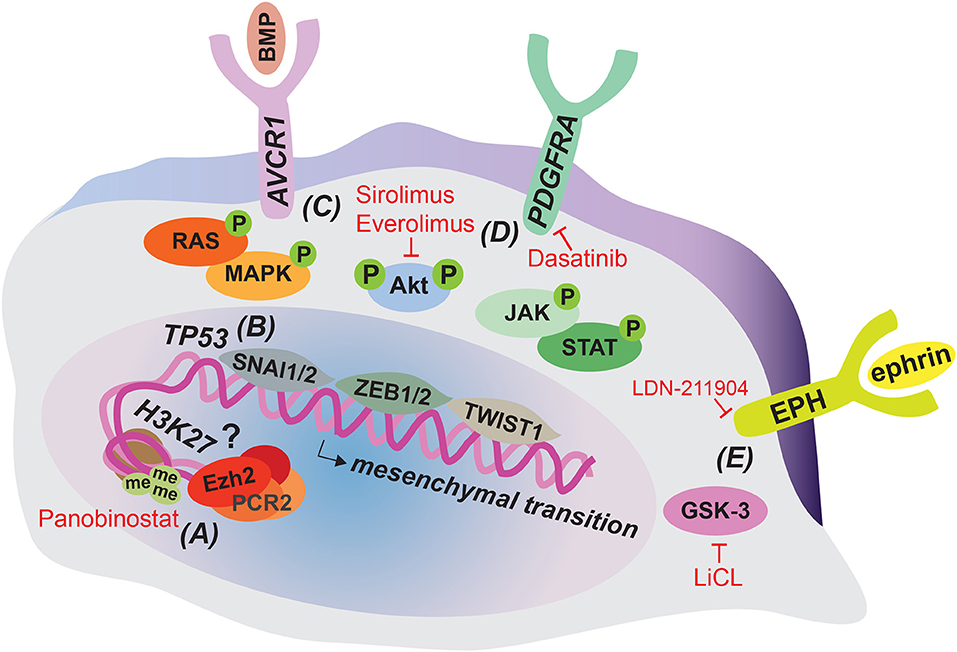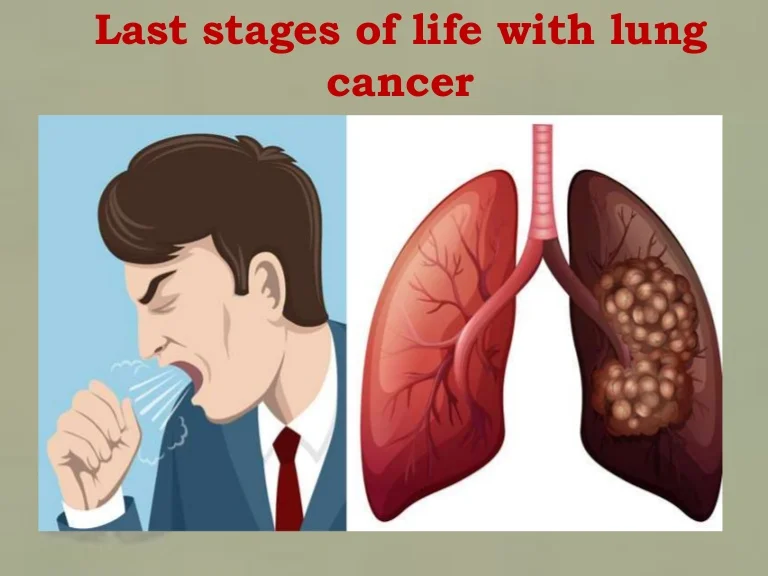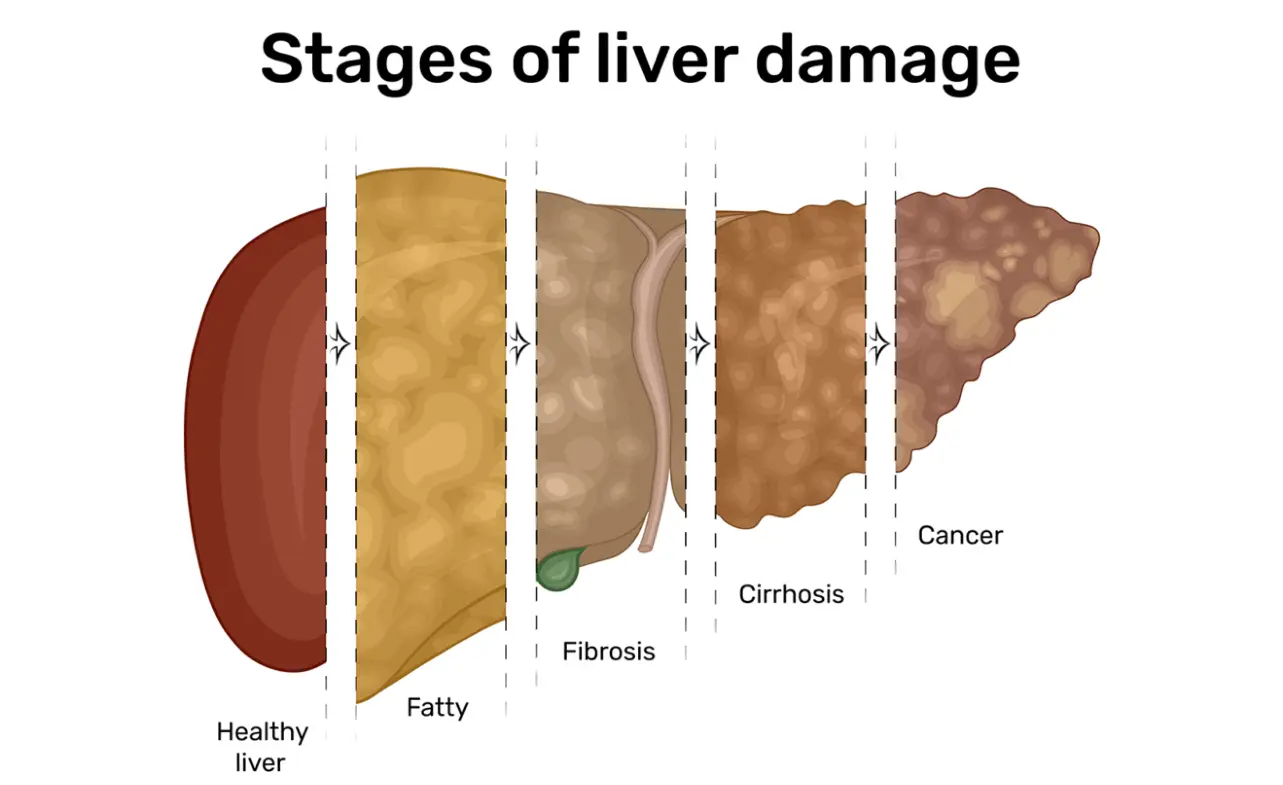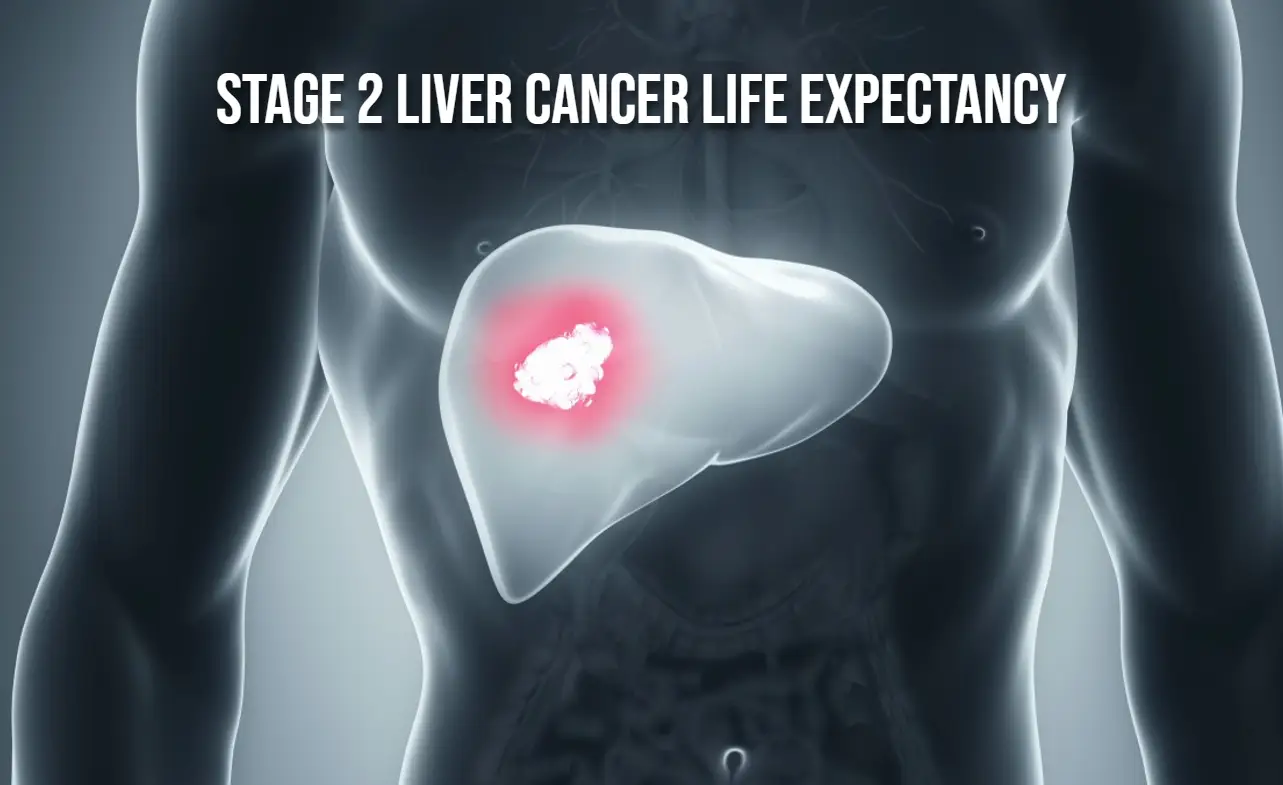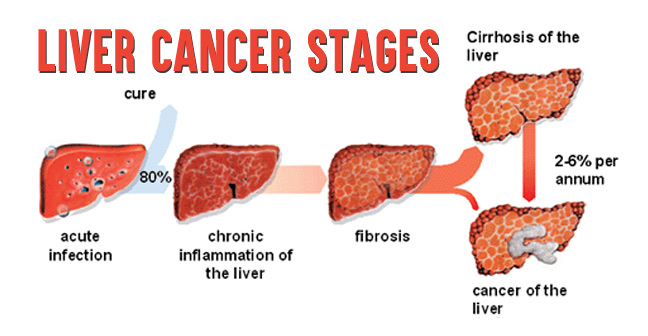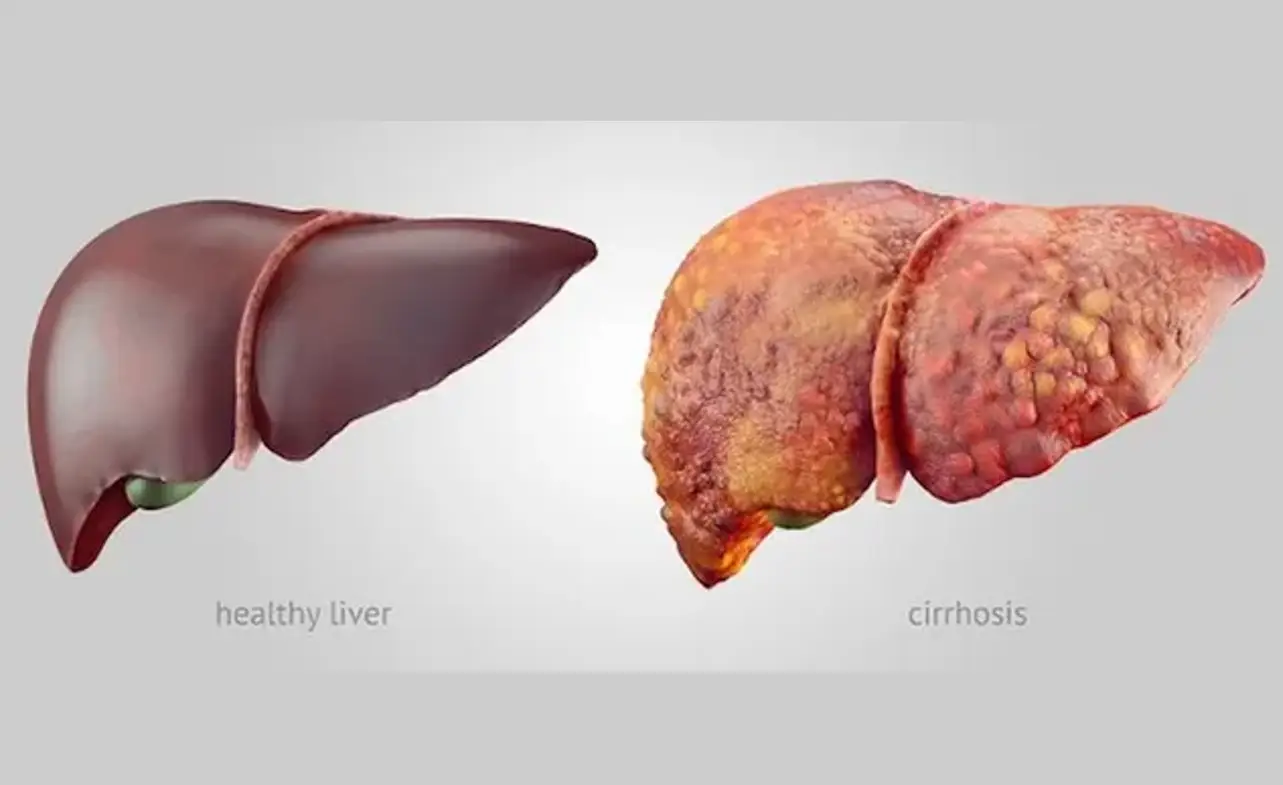Lung Cancer Metastasis To Liver And Bones Life Expectancy
:max_bytes(150000):strip_icc()/lung-cancer-5yr-chart-04-5b8558d3c9e77c00253444cb.png)
The progression of lung cancer, particularly its spread to distant organs like the liver and bones, significantly impacts prognosis and treatment strategies. This article examines the complexities of lung cancer metastasis to these sites, exploring the factors that influence life expectancy and the current landscape of therapeutic interventions.
Understanding the implications of metastatic lung cancer is crucial for both patients and healthcare professionals. Knowledge of the disease's progression allows for informed decision-making regarding treatment options and palliative care, ultimately aiming to improve the quality of life for those affected.
Understanding Lung Cancer Metastasis
Metastasis occurs when cancer cells break away from the primary tumor in the lung and travel through the bloodstream or lymphatic system to form new tumors in other parts of the body. The liver and bones are common sites for lung cancer to metastasize.
Lung cancer is often categorized as either small cell lung cancer (SCLC) or non-small cell lung cancer (NSCLC). NSCLC is the more prevalent type, accounting for roughly 80-85% of all lung cancer cases. Both types can metastasize, though the speed and patterns of spread may differ.
Metastasis to the Liver
When lung cancer spreads to the liver, it can disrupt the organ's vital functions, including detoxification and protein synthesis. This can lead to symptoms such as jaundice (yellowing of the skin and eyes), abdominal pain, and swelling.
The presence of liver metastases often indicates a more advanced stage of the disease. According to the American Cancer Society, treatment options for liver metastases from lung cancer may include chemotherapy, targeted therapy, immunotherapy, and radiation therapy.
Metastasis to the Bones
Bone metastases can cause significant pain, fractures, and spinal cord compression. Bone metastases can also lead to hypercalcemia, a condition where there is too much calcium in the blood.
Treatment for bone metastases often focuses on pain management, preventing fractures, and slowing the growth of the cancer. This may involve radiation therapy, bisphosphonates, denosumab, and pain medications.
Life Expectancy and Prognostic Factors
Life expectancy for individuals with lung cancer that has metastasized to the liver or bones varies considerably depending on several factors. These include the type of lung cancer, the extent of the metastasis, the patient's overall health, and the response to treatment.
The National Cancer Institute (NCI) provides statistics on cancer survival rates, but these are general estimates. It's important to remember that individual outcomes can differ significantly.
Factors that can influence life expectancy include: the patient’s age, the presence of other health conditions, and the specific genetic mutations present in the cancer cells. For example, the presence of certain mutations, like EGFR or ALK, may allow for the use of targeted therapies, potentially improving outcomes.
Treatment Approaches
Treatment for metastatic lung cancer is typically systemic, meaning it aims to target cancer cells throughout the body. Chemotherapy remains a common treatment option, but targeted therapies and immunotherapy are increasingly used.
Targeted therapies are designed to attack specific molecules involved in cancer cell growth and survival. Immunotherapy helps the body's immune system recognize and destroy cancer cells.
Clinical trials offer opportunities to access new and innovative treatments. Patients interested in participating in clinical trials should discuss this option with their oncologist.
The Role of Palliative Care
Palliative care focuses on relieving pain and other symptoms associated with cancer and its treatment. It is an essential component of care for individuals with metastatic lung cancer, regardless of their prognosis.
Palliative care can improve the quality of life for patients and their families by addressing physical, emotional, and spiritual needs. It can be provided alongside other cancer treatments.
Seeking support from family, friends, and support groups can also be beneficial for individuals coping with metastatic lung cancer. Resources are available through organizations like the Lung Cancer Research Foundation (LCRF) and the American Lung Association.


:max_bytes(150000):strip_icc()/where-does-lung-cancer-spread-2249368_FINAL-5c45525e46e0fb00012e5e7d.png)

:max_bytes(150000):strip_icc()/what-is-stage-4-lung-cancer-life-expectancy-2249420-FINAL-14afe9f201f04c64943bfc0f52854d2d.jpg)
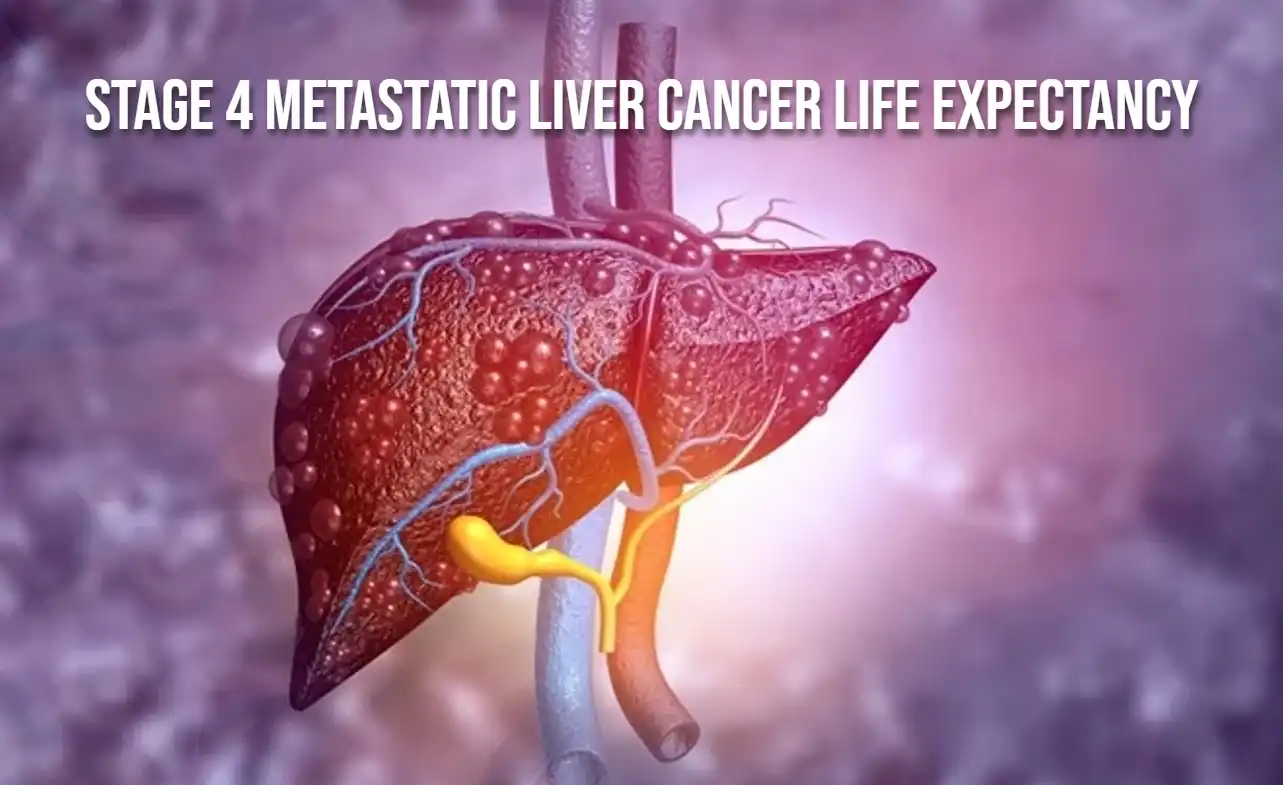
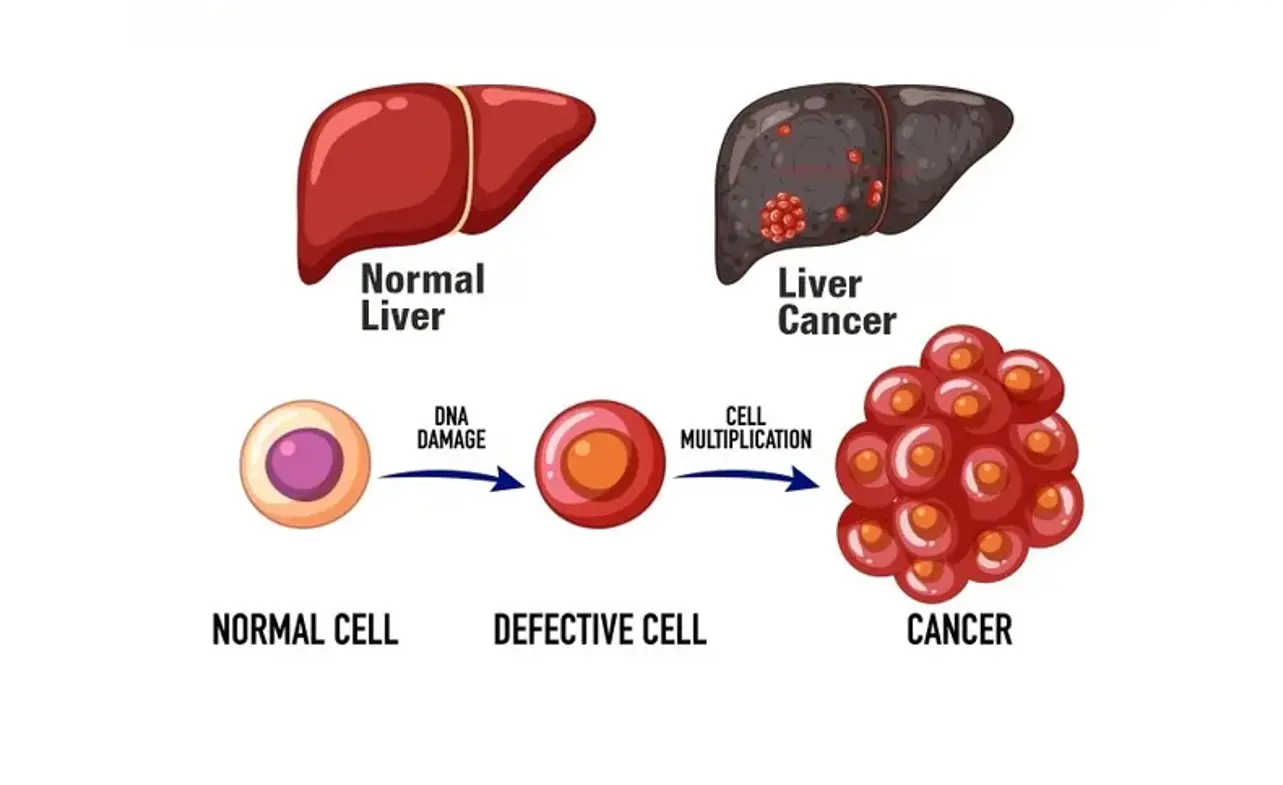
:max_bytes(150000):strip_icc()/stage-4-breast-cancer-429891-01-4aaaca2549c1417fa0f6af12f99fc8f6.png)
